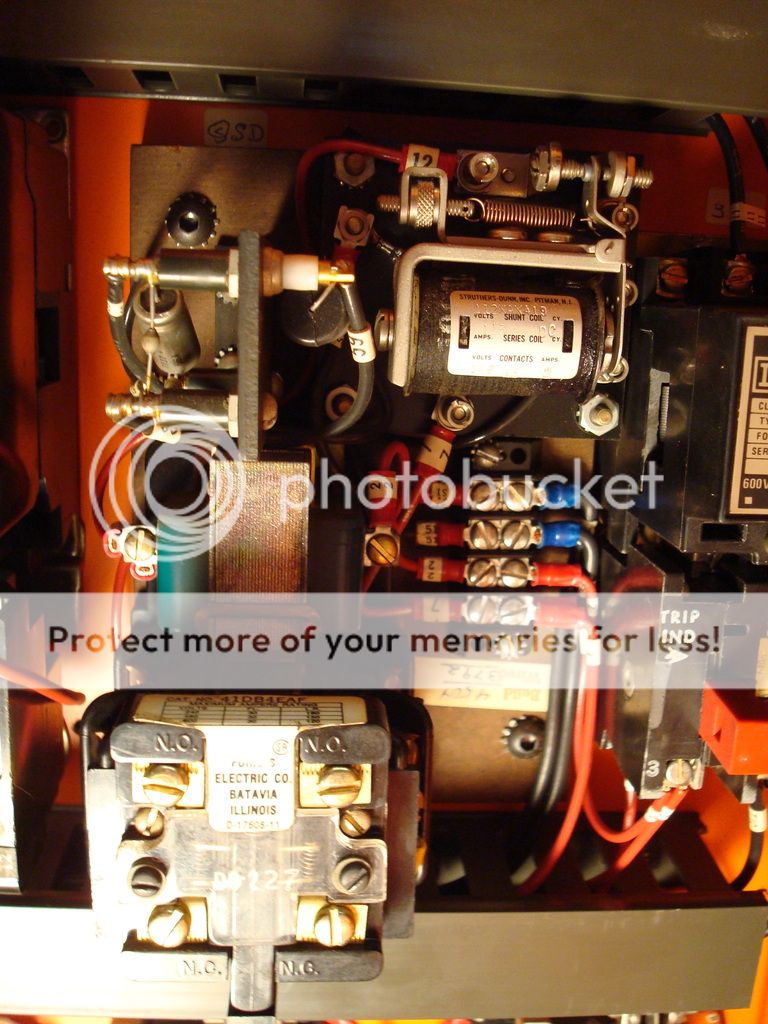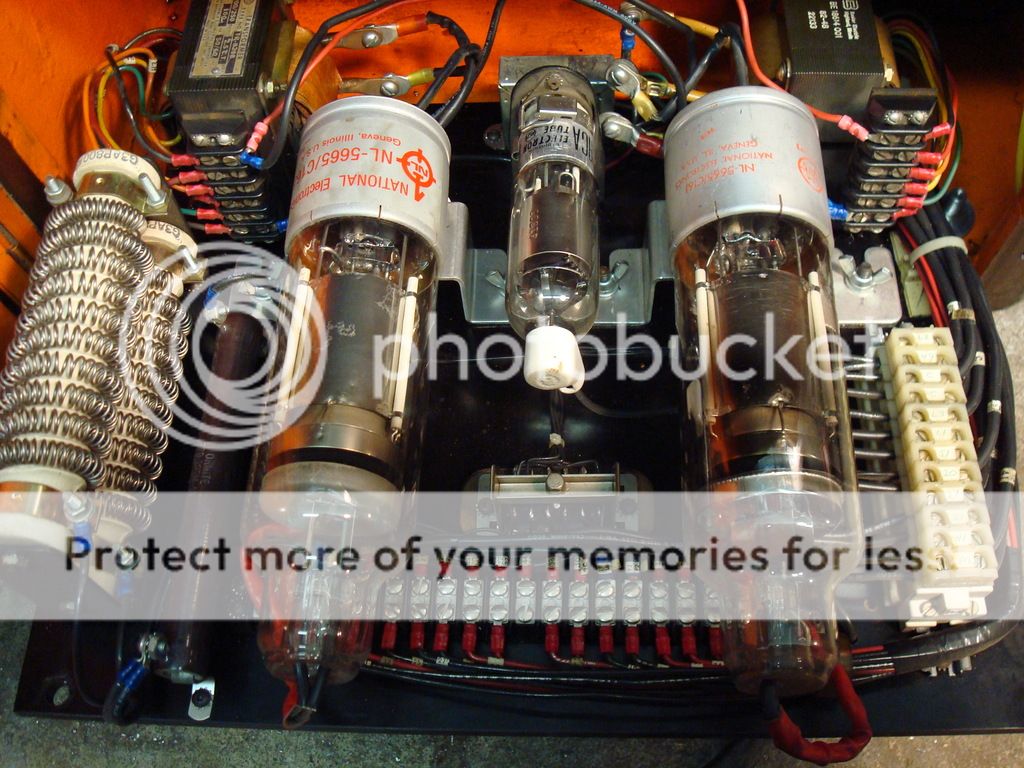9100
Diamond
- Joined
- Nov 1, 2004
- Location
- Webster Groves, MO
I maintain a Modular 10EE that recently needed a general tune up. In the process I was running it in direct drive with the drive belts off. At a very low speed, I could feel a strong 120 cycle vibration on the pulley, not surprising because the drive at that speed is a series of short pulses with large gaps between. My Reliance MG lathe doesn't have the problem because the generator is supplying something close to pure DC.
Considering a fliter for the thyratron lathes, a capacitor would work, but it would be working very hard. A reactor is another possibility, but it looks to me that after the pulse the reactor would put a negative spike into the thyratron cathodes, possibly keeping them firing. It might pull the cathodes far enough negative to make them sufficiently negative to the grids that the one on the next half cycle would fire, sending the system into full output.
It seems like a diode with the cathode connected to the thyratron transformer's center taps and its anode to the common would prevent this. It would also give the reactor a level to work against. The reactor would be connected in series with the contacts of the forward and reverse contactors.
That seems like it should work. Comments?
Bill
Considering a fliter for the thyratron lathes, a capacitor would work, but it would be working very hard. A reactor is another possibility, but it looks to me that after the pulse the reactor would put a negative spike into the thyratron cathodes, possibly keeping them firing. It might pull the cathodes far enough negative to make them sufficiently negative to the grids that the one on the next half cycle would fire, sending the system into full output.
It seems like a diode with the cathode connected to the thyratron transformer's center taps and its anode to the common would prevent this. It would also give the reactor a level to work against. The reactor would be connected in series with the contacts of the forward and reverse contactors.
That seems like it should work. Comments?
Bill






